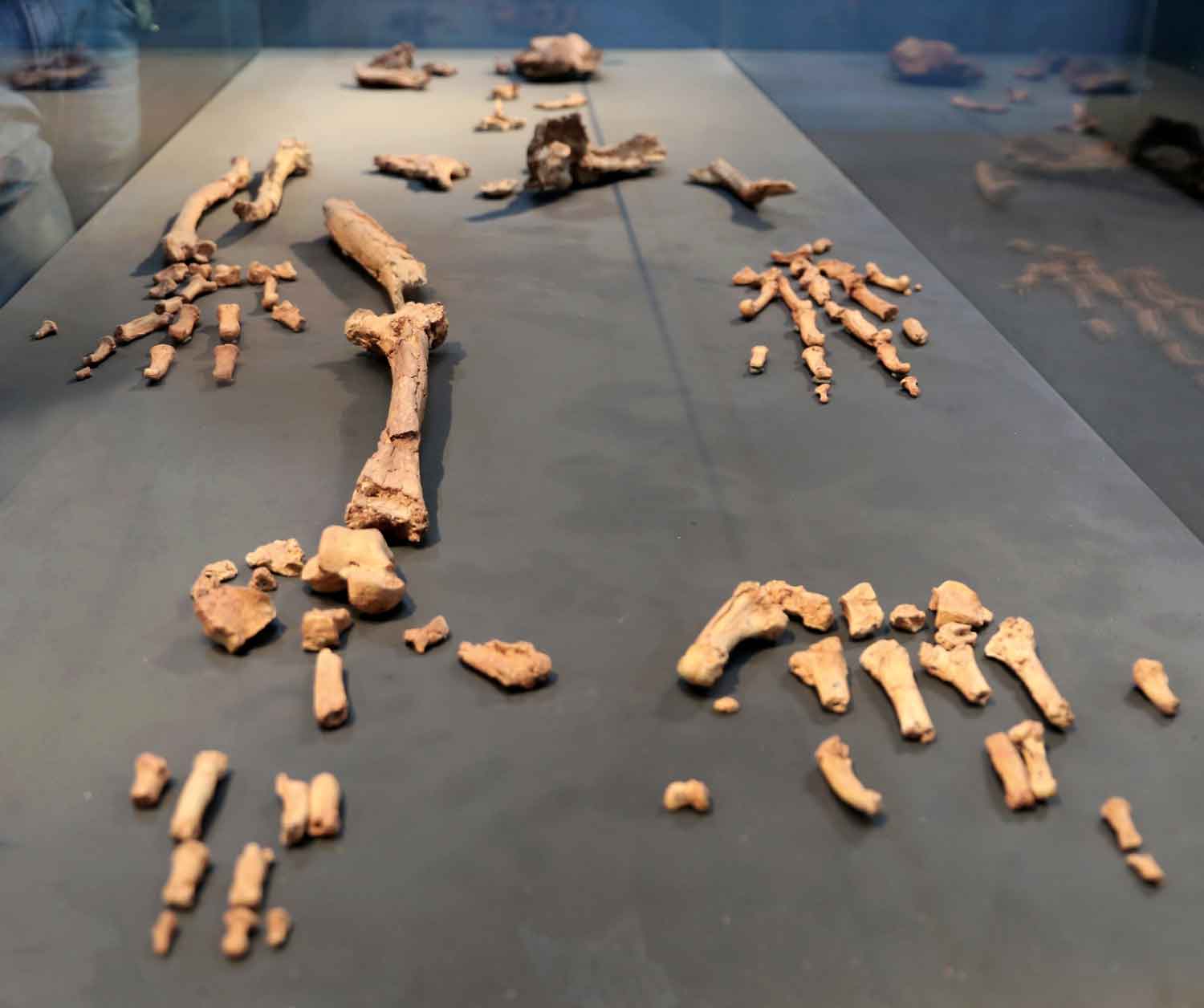bipedalism
Guide to Sahelanthropus, Orrorin and Ardipithecus
These fossil species between 8 million and 4.4 million years old include some of the earliest members of the hominin lineage.
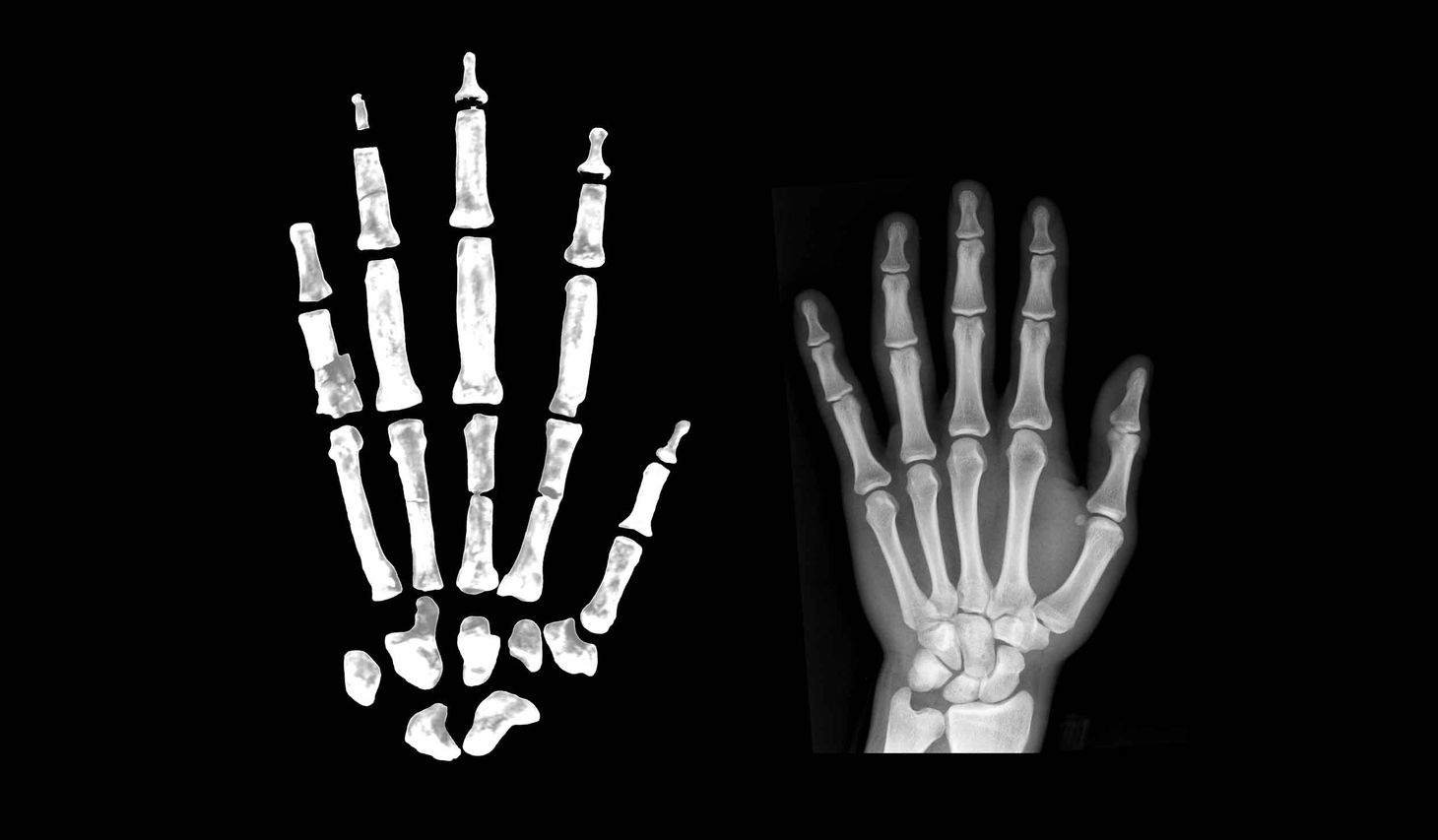
Research highlight: Vertebral wedging in Homo naledi
In a new paper led by Scott Williams, we look at the way that the Homo naledi lower vertebral column compares to humans and other extinct hominins.
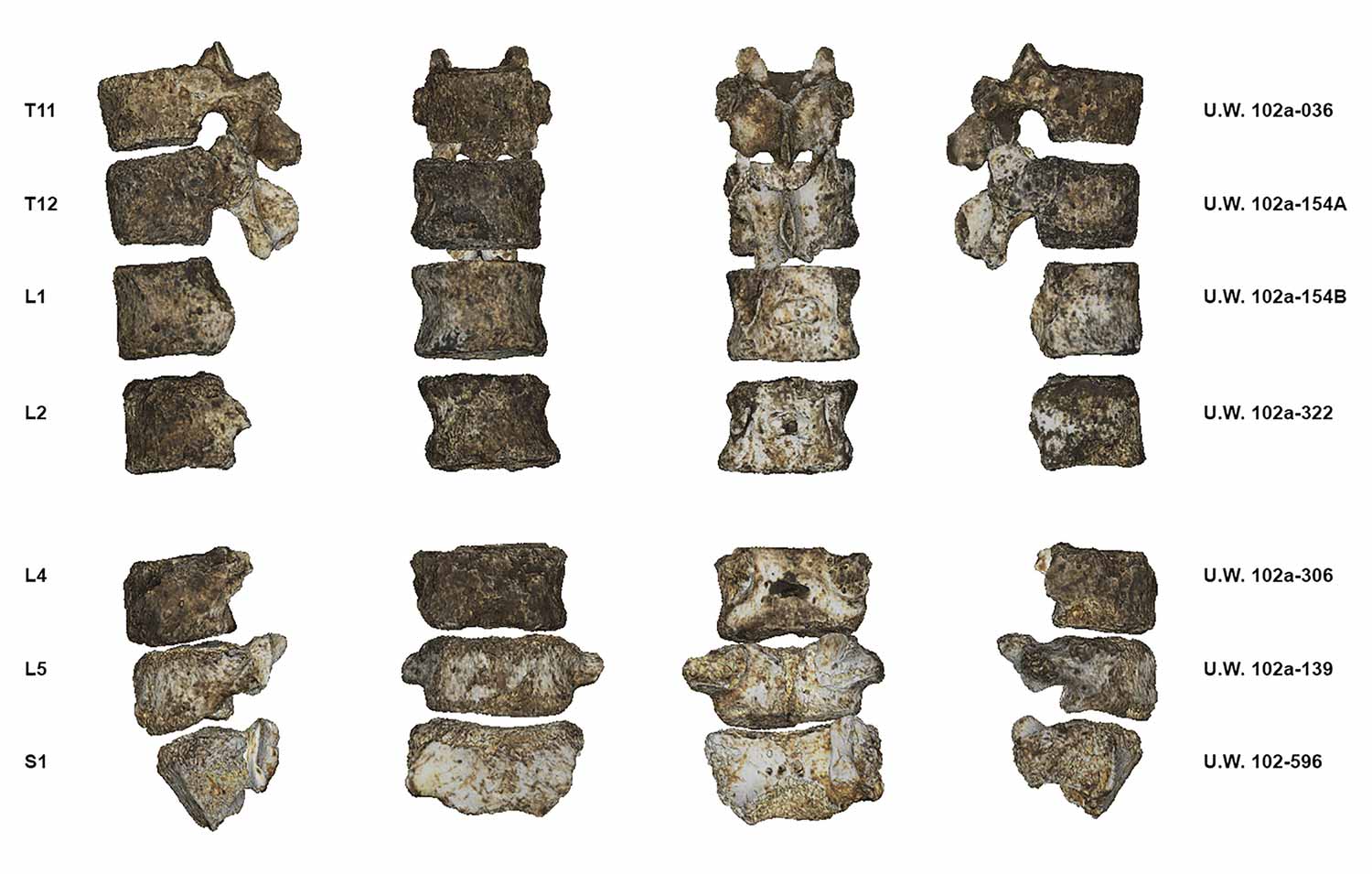
Why anthropologists rejected the aquatic ape theory
Human ancestors did not evolve in an aquatic environment. But they did make use of coastal and shoreline resources where they were abundant.

Research highlight: Sexual dimorphism in the relationship between the gut and pelvis
We test the notion that pelvis dimensions can yield accurate estimates of gut size in fossil hominins by looking at today's people.

What's the deal with the Sahelanthropus femur?
A news story by Ewen Callaway investigates the mysterious case of this purported earliest bipedal hominin.
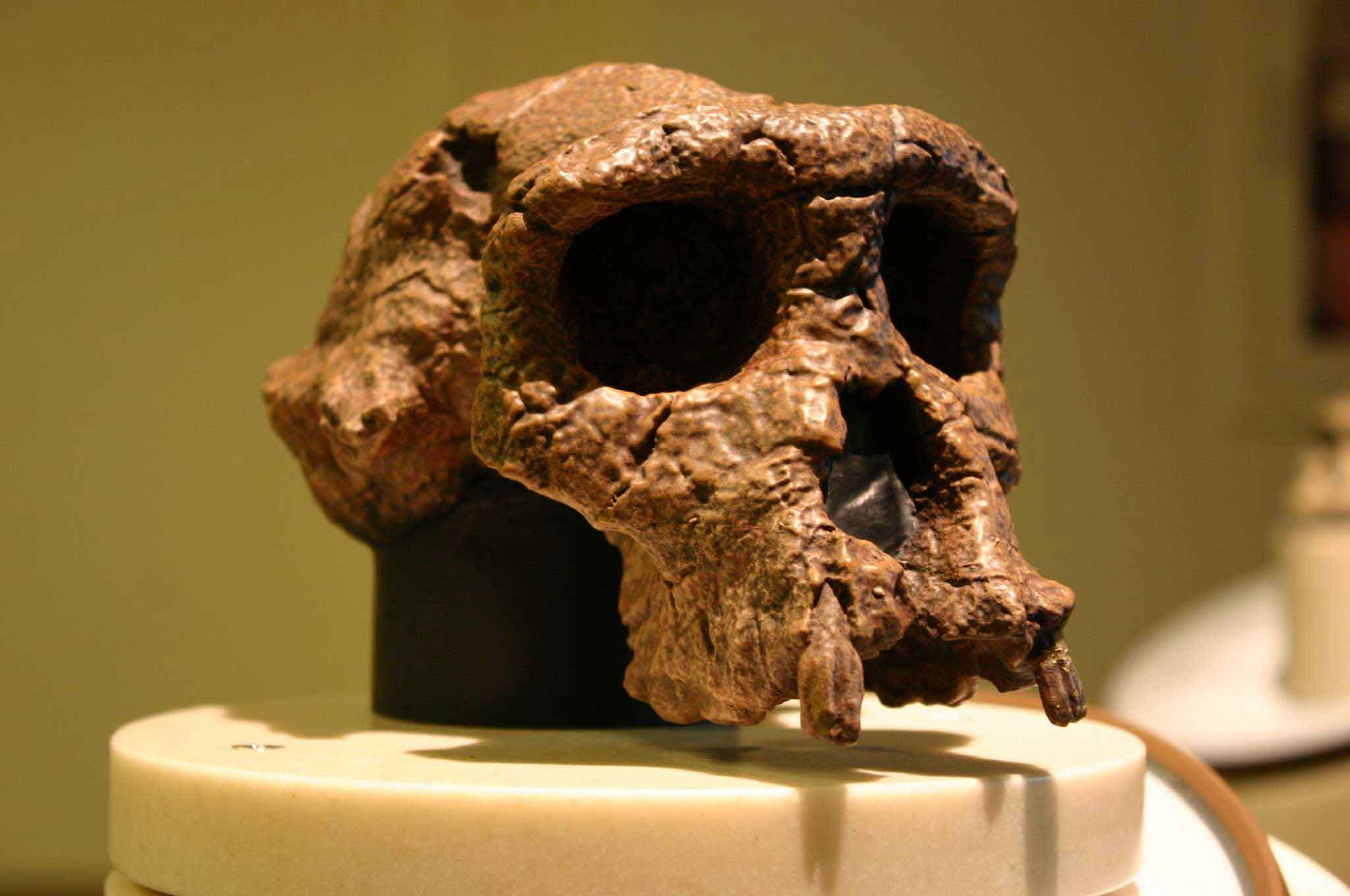
New footprints from Laetoli shed light on how the science has changed in 40 years
New trails expand our knowledge of body size and behavior of some of the earliest known bipedal hominins.
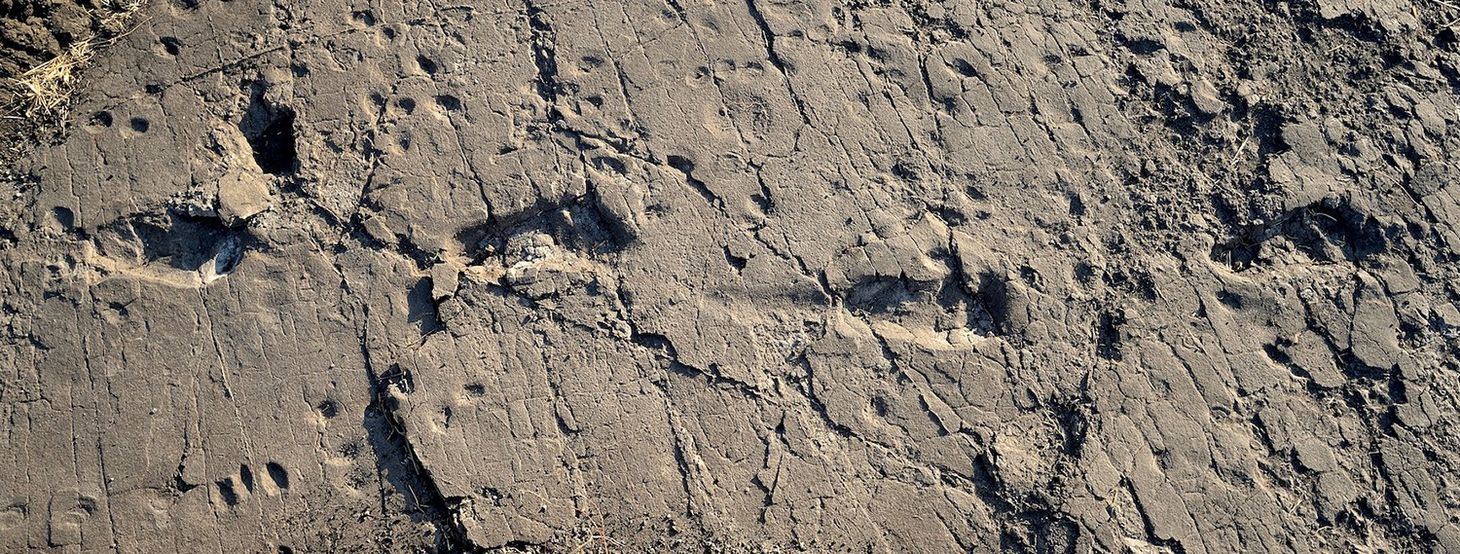
An in-depth look at the pelvic reconstruction of Ardipithecus
The pelvic anatomy of Ardipithecus ramidus may give clues about the posture and locomotion of this ancient species.
